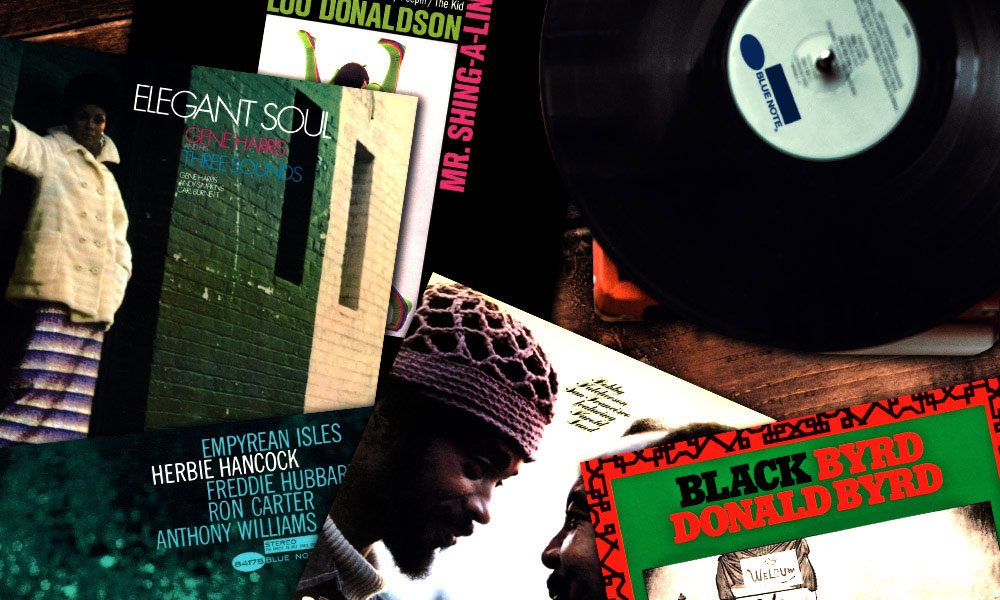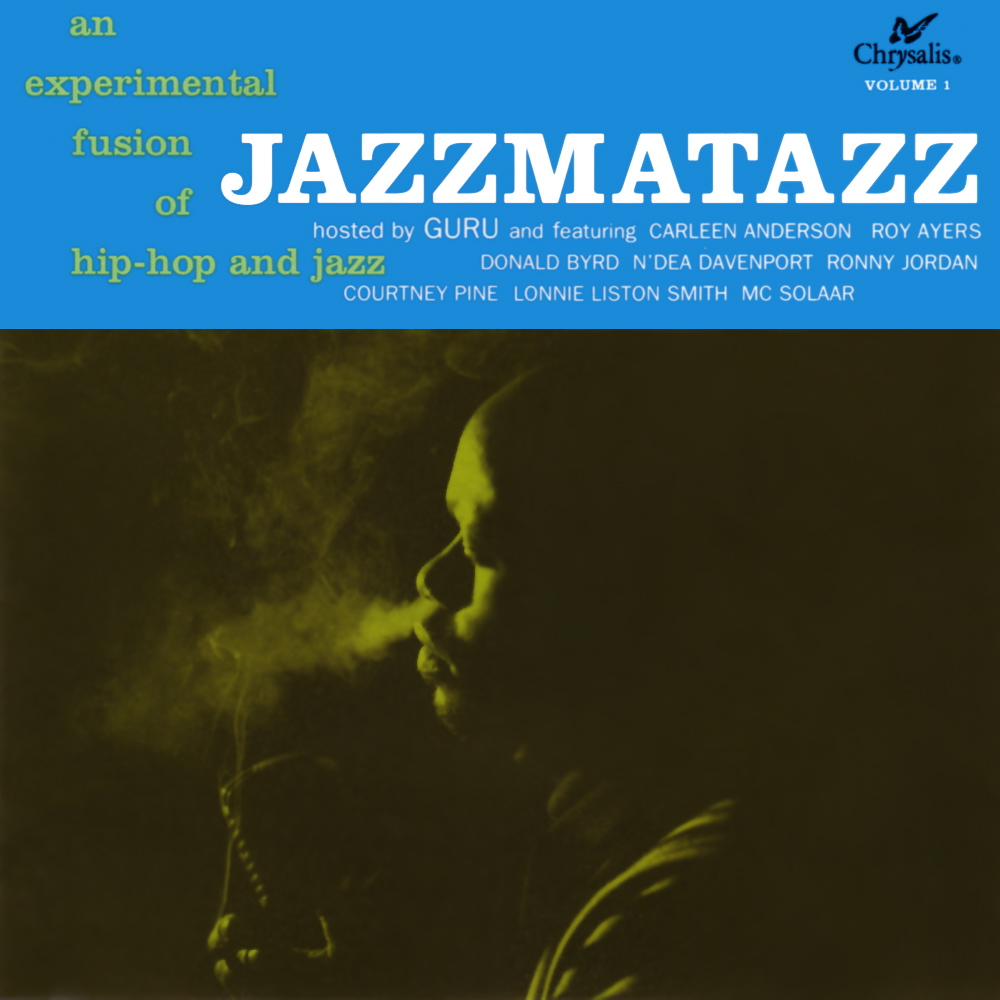How to use Jazz Samples
Jazz samples have become a staple in contemporary music production. They are cherished for their timeless melodies, rich textures and unparalleled groove factor. In this blog, we’ll explore the allure of jazz samples and provide practical tips for incorporating them into your productions.
Understanding Jazz Samples
Jazz samples are snippets of music or sound recordings taken from recorded jazz performances. They range from isolated instrument parts to full compositions, offering producers a groove-laden treasure trove of musical inspiration. The popularity of jazz samples in music production can be attributed to their versatility and the unique atmosphere they bring to a track. With their soulful melodies, complex harmonies, and infectious rhythms, jazz samples can add depth and sophistication to almost any genre of music.
The sampled fingerprint of Jazz
Historically, jazz samples have played a crucial role in shaping the sound of contemporary music production. From Hip-Hops Sampling heyday, where producers would dig through crates of dusty records to find the perfect jazz breakbeat, to the present day, where digital platforms offer a vast array of jazz recordings at our fingertips, jazz samples have been a constant source of inspiration for producers worldwide.

The Jazz effect
Using jazz samples offers the producer many unique opportunities. Firstly, they provide a shortcut to creating authentic, organic sounds that would be difficult to replicate ‘in the box’ using synthesizers or virtual instruments alone. Secondly, they offer a wealth of musical ideas and motifs that can spark creativity and ignite new directions in your compositions. The sophisticated nature of Jazz recordings combined with the often expert musicianship means Jazz samples have the potential to set your music apart. Why settle for generic predictable loops when you can sprinkle some spiritually uplifting sampled Jazz magic over your beats?!?!
Additionally, jazz samples lend a sense of nostalgia and sophistication to modern productions. Their timeless quality has the potential to resonate with listeners across generations. This is particularly evident in the explosion of lofi music which is very Jazz driven.
Finding Jazz Samples
When sourcing jazz samples, prioritize authenticity. Look for samples that connect with your own personal music tastes. Look for reputable sample libraries, record stores, and online platforms specializing in jazz recordings. A keen well-trained ear is crucial. Listen attentively, focusing on nuances like instrumentation, arrangement, and recording quality.All of these factors will have a direct impact on the sort of music you will create.
Dusty Crates
Traditionally jazz samples would be accrued from old recordings lifted from vinyl records. During the jazz sampling heyday of the 1990’s hidden gems and obscure recordings were highly sought after for their sampling potential. While Crate digging at record stores or online marketplaces can unearth rare jazz albums that can provide a unique and authentic sound for your productions be warned. Without acquiring the rights to use these samples (sample clearance) producers run the risk of prosecution and hefty fines.
Royalty-free option

Purpose-created Royalty-free samples on the other hand offer legal clarity and convenience. And the sample industry has been prolific in catering for this desire for jazz-flavoured samples. Opting for royalty-free samples mitigates copyright risks and ensures hassle-free usage in commercial projects. These samples also offer a much more convenient sample solution. BPM and Key information is often included as well as in many cases separated individual sample elements. These are referred to as construction kits or sample stems.
When searching for jazz samples, it’s essential to consider the legal aspects and best practices associated with their use. Opting for royalty-free samples ensures that you have the necessary rights to use the material in your compositions without fear of copyright infringement. This not only protects your work but also supports the artists and musicians whose performances are sampled.
Incorporating Jazz Samples into Your Production
The versatility of Jazz samples allows them to complement a wide range of musical styles. They make the perfect building block for a variety of genres, from hip-hop and electronic music to R&B and beyond. The rhythmic backbone and melodic hooks can act as the drive force propelling a beat or song forward. By chopping and rearranging jazz samples, producers can create dynamic and evolving arrangements that can resonate with both the listeners body and soul. In electronic music, jazz samples can add warmth and texture to synthetic sounds, blurring the lines between acoustic and electronic instrumentation. A great example of this is Mr Scruffs use of Moondogs jazz inspired composition “Birds Lament” in his track “Get a move on”.
Case studies and examples of successful use of jazz samples in production abound. Producers like J Dilla, DJ Premier, and Madlib have become renowned for their innovative use of jazz samples in hip-hop. Guru from the group Gang Starr went on to create the perfect fusion of Jazz and rap with his Jazzmatazz series of LPs. Similarly, electronic artists like Bonobo, Flying Lotus, and Four Tet have seamlessly integrated jazz elements into their productions.
Once you’ve found the perfect jazz samples for your project, the next step is to integrate them into your music production process.

Sampling Techniques
When incorporating jazz samples into your productions, it’s essential to consider techniques that allow for their manipulation so they fit into your creative vision.
Time/pitch correction
If you are using royalty-free samples containing key and BPM info, then sample matching is a sinch. By specifying a specific key and tempo when searching for samples there is a high chance they should sit together nicely in a track. But because of time and pitch shifters the key and tempo need not dictate your sample choices. Time-stretching and pitch-shifting allow you to alter the tempo and key of a sample. This enables seamless integration with other elements of your track regardless of the original key or BPM values. By learning to master these manipulation tools, then almost anything can be made to fit into your composition. Combine basslines with jazz guitar chord progressions or melodic piano loops with sax riffs. The opportunities for interpolation are boundless.
Sample Chopping
Sample chopping is another important feature of jazz sampling. If the essence of jazz is to improvise, reimagine and reinterpret sound in new and interesting ways then sampling it should ideally follow suit. By taking a jazz sample and flipping it you are embodying it with your own identity and character. Try isolating specific chords and replaying them in a new and different way. Or maybe experiment by swapping or extending certain sections within a loop. And when it comes to combining different jazzy sampled elements, sample chopping can really help. For example, you may find that only a small section of a sample works with your track. Why not isolate and chop this part so that it works in the context of the song. Moreover, by chopping samples you provide yourself with way more potential for variety in your compositions.
If you are new to sample chopping why not check our useful guide?
Layering Elements
Layering and combining jazz samples with other instruments is another effective way to add depth and complexity to your music. Combining different sonic elements can result in an exciting cacophony of sound.
For example, why not experiment by mixing some upright acoustic bass over a funky vintage-sounding drum loop. Next audition some keys. Rhodes can make a great choice, especially when going for a neo-soul or Hip-Hop sound. Or maybe some Jimmy Smith style Hammond organ is more to your liking? (You can find some amazing jazzy organ samples on this pack). Finally, a liberal sprinkling of sampled horn can add those finishing touches. If you embrace the free-thinking spirit of Jazz in your production the possibilities are endless.
Creative Tips and Tricks
Once you’ve mastered the basics of incorporating jazz samples into your productions, it’s time to explore more creative techniques for using them. Experimenting with effects and processing can transform ordinary samples into
Effects
Applying effects like reverb, delay, and modulation can add depth and movement to jazz samples. Experiment with different combinations of effects to achieve the desired texture and ambience in your tracks. For instance, a nice bit of tape delay added to a horn or flute can sound ace. This technique was particularly prevalent in 90s style Hip Hop. When looking for inspiration, Jazz fusion recordings of the 70’s can prove bountiful as they fully embraced the many effects processing techniques of the day.

Old School Aesthetic
To achieve a vintage retro sound reminiscent of classic jazz recordings, consider emulating the production techniques of the past. Techniques such as tape saturation, vinyl emulation, and analog-style compression can impart warmth, character, and nostalgia to your tracks. You can also explore vintage-style EQ and filtering to replicate the sonic characteristics of old recordings, adding authenticity and charm to your productions. For further guidance on creating a vintage sound inside a digital audio workstation (DAW), you can refer to this insightful blog: [link to the mentioned blog].
Collaboration
Collaborating with musicians is another effective way to enhance your sample-based productions. By working with live instrumentalists, you can add a human touch and spontaneity to your tracks. Collaborating with jazz musicians allows you to incorporate authentic performances and improvisations into your productions, adding a level of depth and emotion that samples alone may not capture. Whether it’s hiring a session musician to record a live saxophone solo or collaborating with a jazz ensemble to create custom arrangements, the possibilities for collaboration are endless.
Summary
As we have seen, jazz samples offer a wealth of inspiration and creativity for music producers across multiple genres. With its rich heritage and timeless appeal, jazz samples continue to shape the landscape of modern music. By understanding how to find, incorporate, and manipulate jazz samples effectively, you can unlock a world of sonic possibilities and take their productions to the next level.
Remember – RouteNote Create subscriptions start from as little as $2.99. You also get 10 FREE credits to spend on samples along with access to our FREE sample pack bundle when you sign-up
